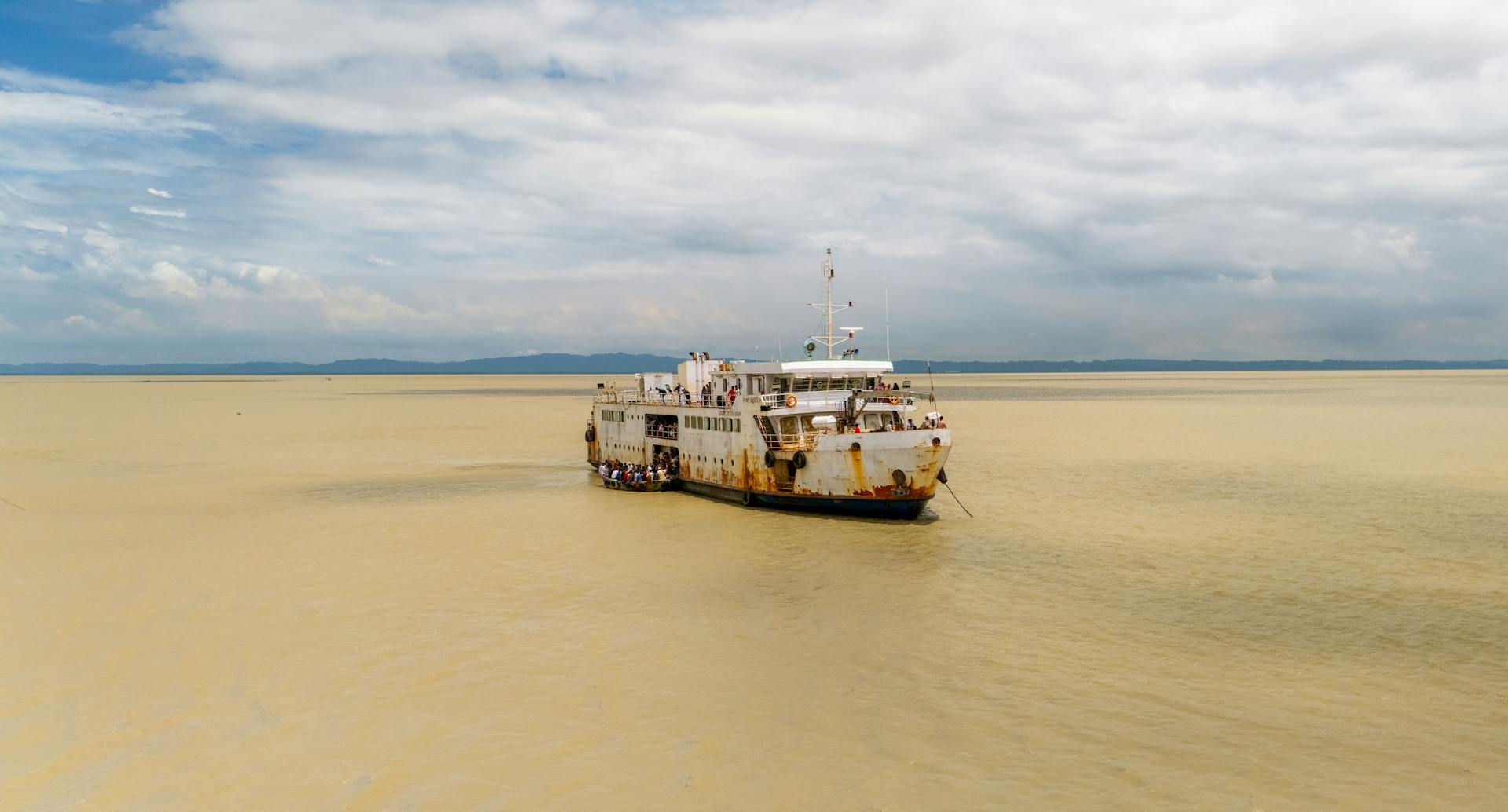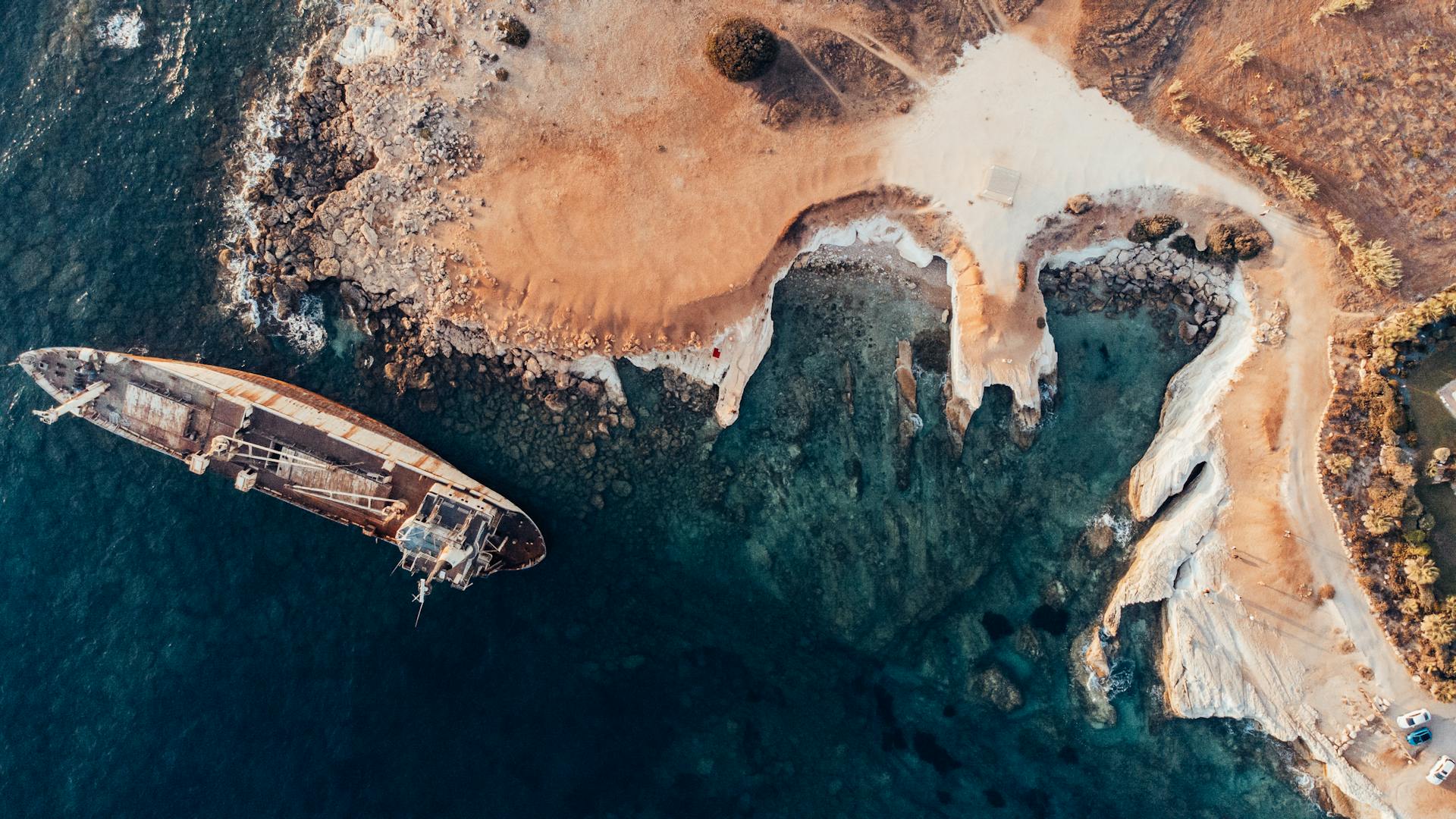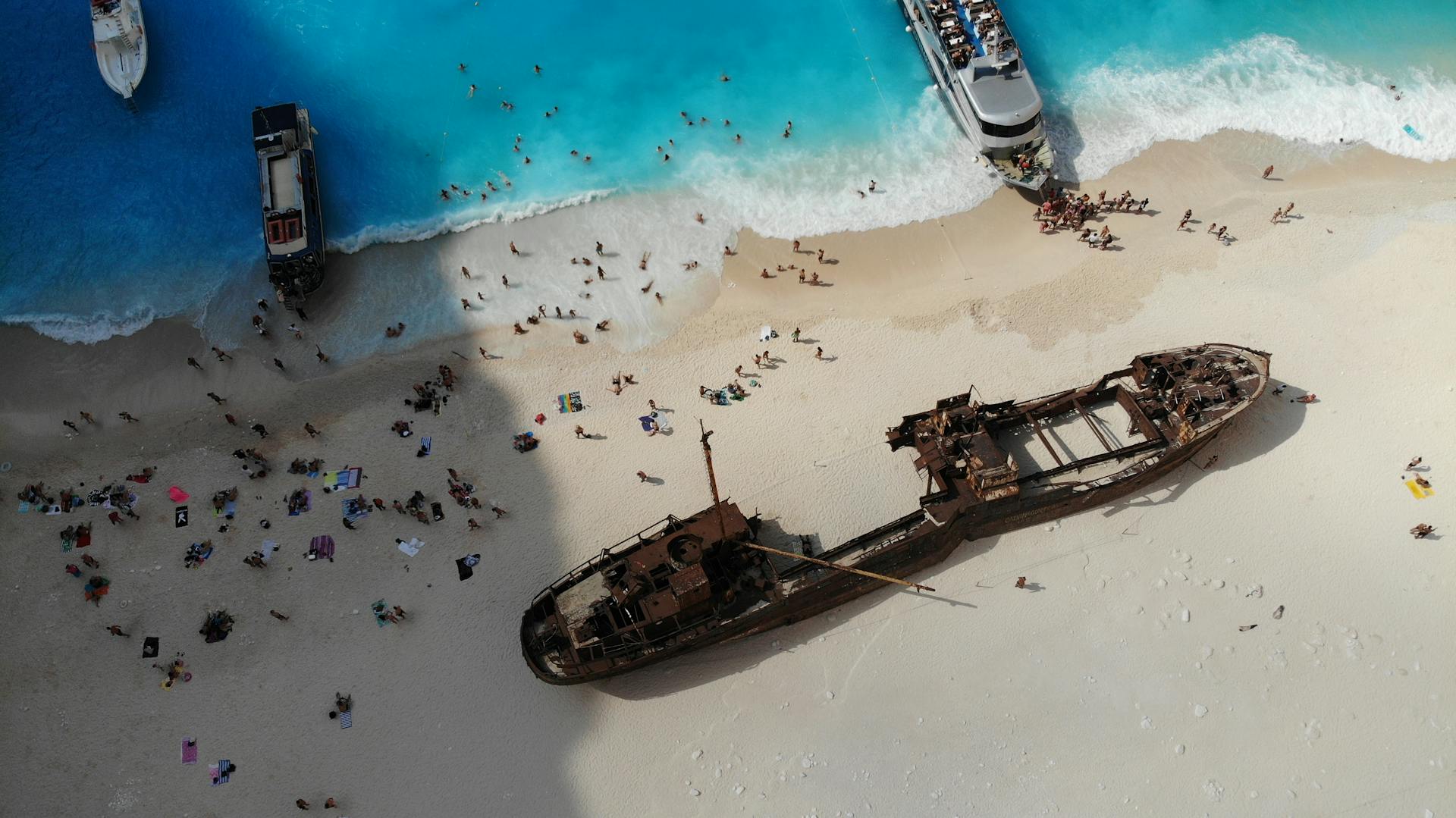
The MV Georgic has a rich maritime history that spans over 70 years. It was originally built in 1932 as a luxury liner called the SS Georgic, designed to transport passengers and cargo between the United States and Europe.
The ship was converted into a troop ship during World War II, playing a significant role in the war effort. It was used to transport thousands of soldiers and supplies across the Atlantic Ocean.
The MV Georgic was later rebuilt and refurbished in the 1950s, allowing it to resume its original purpose as a passenger liner. It continued to operate in this capacity until it was eventually retired from service in the 1960s.
Service History
In April 1940, Georgic was hastily converted into a troopship with the capacity for 3,000 troops.
Georgic played a crucial role in the evacuation of British troops from the failed Norwegian Campaign, assisting in the evacuation from the port of Narvik in May 1940.
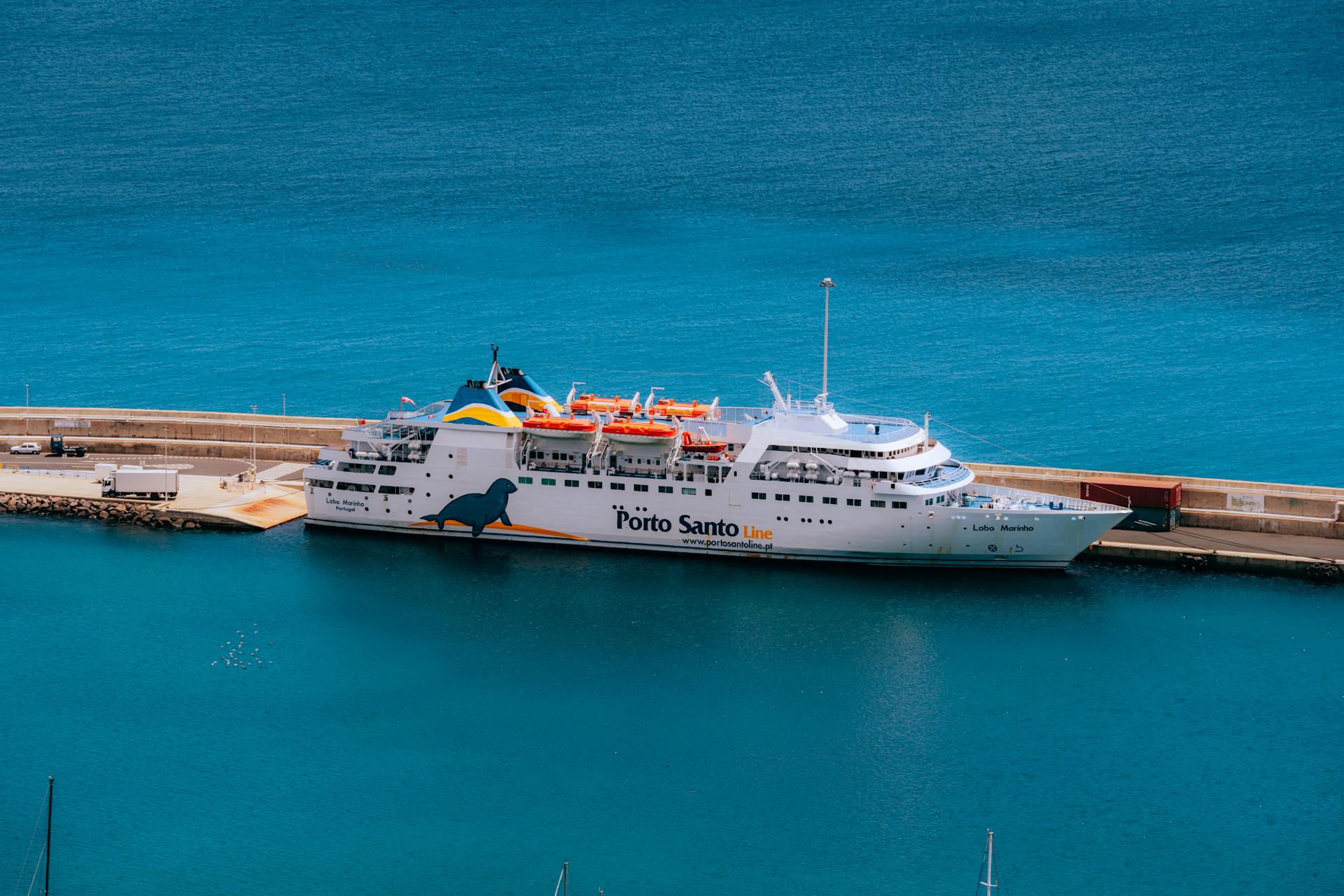
The troopship Lancastria was bombed and sunk on 17 June, with the loss of at least 2,888 lives, while Georgic was evacuating troops from the French ports of Brest and Saint-Nazaire.
Between July and September 1940, Georgic sailed to Iceland and then to Halifax, Nova Scotia to transport Canadian soldiers.
Georgic made a variety of journeys from Liverpool and Glasgow to the Middle East via the Cape, as well as journeys between Liverpool, New York and Canada.
Between May 1940 and July 1941, Georgic transported around 25,000 troops, mostly to the Middle East.
Operations and Maintenance
The mv Georgic underwent significant refurbishment and service repairs to ensure she remained seaworthy. Her hull was made watertight, and temporary plugging was done to prevent water from flooding in.
Major structural repairs were carried out at Port Sudan, and her hull and engines were made ready for service. The ship was then towed to Bombay for further repairs.

After a year, Georgic arrived in Bombay, where more repairs were done before she sailed to Belfast for a complete refit. This refit was a significant undertaking that involved major changes to her exterior.
The forward funnel was removed, and the foremast was shortened to a stump. This marked a significant change in the ship's appearance and functionality.
Georgic resumed service as a troop transport, carrying out war duties between Italy, the Middle East, and India until 1948. She was then returned to Cunard-White Star to begin the immigrant service between Liverpool, Australia, and New Zealand.
In May 1950, the ship had returned to the Liverpool to New York service for Cunard. Both she and her sister retained their White Star Line colours and flew their original company flags until both vessels were retired.
During the summer of 1951, the ship sailed on the Southampton to New York and Southampton to Halifax routes.
White Star Line
The White Star Line played a significant role in the history of the MV Georgic. The ship was built by Harland & Wolff, Ltd., Belfast, Ireland, with a tonnage of 27,759.
The Georgic was a motorship with twin-screw propulsion, capable of reaching speeds of 18 knots. It had two masts and two funnels, and its keel was laid on November 29, 1929.
The MV Georgic made its maiden voyage from Liverpool to New York on June 25, 1932. It was initially used on the Liverpool to New York route, but was later transferred to the London-New York route in 1935.
Here's a brief timeline of the MV Georgic's service changes:
Schedules and Routes
The mv Georgic's journey from Liverpool to Boston and New York via Cobh and Galway took 6 days and 21 hours.
You can find detailed information about the ship's routes and schedules in the Ocean Liner Archival Collections, which are organized alphabetically by ship name.
To get a better understanding of the ship's routes, you can check out the Route Maps, Track Charts, and Abstract of Logs, which provide a visual representation of the ship's journey.
Here are the Ocean Liner Archival Collections organized by ship name:
- AB Ships
- C-E Ships
- F-K Ships
- L-N Ships
- O-R Ships
- S-Z Ships
Notable Events

The first scheduled flight took place in 1914 between St. Petersburg and Tampa, Florida, operated by the St. Petersburg-Tampa Airboat Line.
This marked a significant milestone in the development of modern air travel.
The first commercial airline, KLM Royal Dutch Airlines, was founded in 1919 and began operating scheduled flights between Amsterdam and London.
The airline has been in operation for over a century and is still flying today.
In 1927, Charles Lindbergh made history by flying solo non-stop from New York to Paris, a distance of over 3,500 miles.
This achievement paved the way for long-distance air travel.
The introduction of jet engines in the 1950s revolutionized air travel, allowing for faster and more efficient flights.
The Boeing 707, introduced in 1958, was one of the first commercial jets to enter service.
The 707 could carry over 100 passengers and had a cruising speed of over 600 mph.
The introduction of the Boeing 747 jumbo jet in 1970 increased passenger capacity and reduced travel times.

The 747 could carry over 400 passengers and had a range of over 8,000 miles.
The introduction of the Airbus A380 in 2007 increased passenger capacity even further, with some models able to carry over 800 passengers.
The A380 has a range of over 9,000 miles and can fly at speeds of up to 915 mph.
Sailing Schedules
Sailing Schedules are typically released 2-6 months in advance, giving you plenty of time to plan your trip. This allows you to make informed decisions about your itinerary and accommodations.
Cruise lines often release sailing schedules in the form of a printed brochure or online PDF, which can be downloaded from their website. These brochures usually include a schedule of all upcoming sailings, including departure and arrival dates.
If you're looking for a specific type of sailing experience, such as a repositioning cruise or a themed sailing, be sure to check the sailing schedule carefully to ensure it meets your needs. Some sailings may have additional fees or requirements.
Many cruise lines also offer online tools to help you plan your sailing, such as interactive maps and sailing schedules. These tools can be a big help in navigating the sailing schedule and making the most of your trip.
Some sailings may have limited availability or sell out quickly, so it's essential to book your sailing as early as possible to ensure your spot.
Route Maps, Track Charts, Log Abstract
Route maps, track charts, and abstracts of logs are essential documents for navigating the history of ocean liners. These documents provide a detailed record of a ship's journey.
The White Star Line's Royal and United States Mail Steamers Track Chart and Memorandum of Log is a prime example of this. The chart shows the journey from Liverpool to Boston and New York via Cobh and Galway, taking 6 days and 21 hours.
This document is often found in passenger lists, such as the MV Georgic Passenger List from 30 July 1932. The list includes a track chart and memorandum of log, giving a comprehensive view of the ship's route.
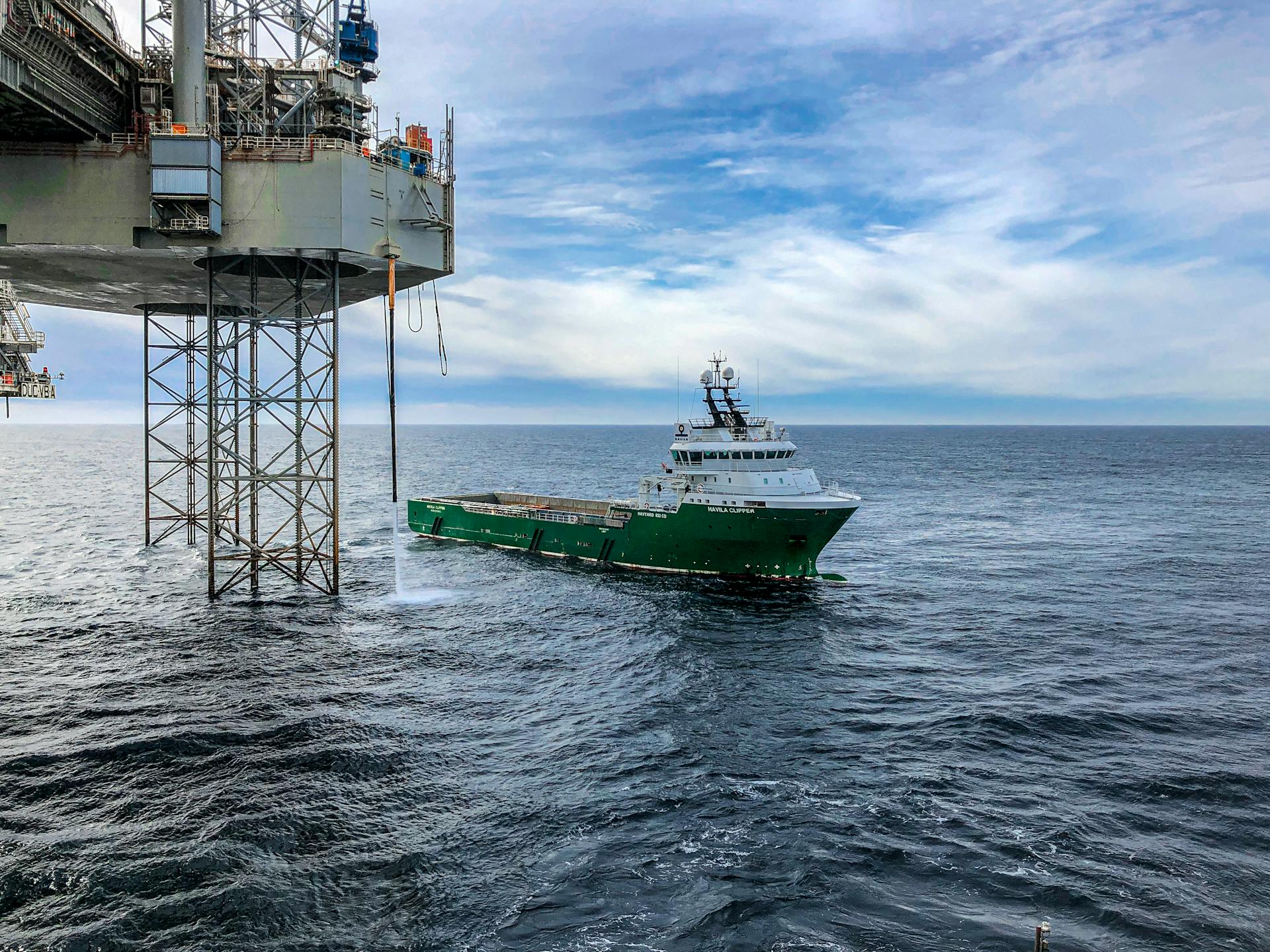
Ocean liner archival collections are a treasure trove of historical documents, including route maps and track charts. The collections are organized alphabetically by ship name, making it easy to find specific documents.
Here's a breakdown of the ocean liner archival collections by ship name:
- Ocean Liner Archival Collections - "AB" Ships
- Ocean Liner Archival Collections - "C-E" Ships
- Ocean Liner Archival Collections - "F-K" Ships
- Ocean Liner Archival Collections - "L-N" Ships
- Ocean Liner Archival Collections - "O-R" Ships
- Ocean Liner Archival Collections - "S-Z" Ships
These collections offer a unique glimpse into the history of ocean travel and the ships that made it possible.
G" Ships and Ocean Liners Archives
The "G" Ships and Ocean Liners Archives are a treasure trove of information for anyone interested in maritime history.
You can find passenger lists for ships like the SS Galilea, SS Garka, and SS George Washington, which will give you a glimpse into the lives of those who traveled on these vessels.
Archival collections like the GG Archives are a great resource for researchers and historians.
The SS Gera, SS Germanic, and SS Gerolstein are just a few examples of the many ships you can learn about in these archives.
Here are some of the notable ships you can find in the "G" Ships and Ocean Liners Archives:
- SS Galilea
- SS Garka
- SS George Washington
- MV Georgic
- SS Gera
- SS Germanic
- SS Gerolstein
- SS Giessen
- SS Giulio Cesare
- SS Gneisenau
- SS Goeben
- SS Gotha
- SS Graf Waldersee
- SS Grampian
- SS Gripsholm
- SS Grosser Kurfürst
These archives also include a wide range of ephemera, such as postcards, brochures, and ship publications, which will give you a more well-rounded understanding of life on board these ships.
Frequently Asked Questions
What happened to the MV Georgic?
The MV Georgic was severely damaged by a bomb in 1941, but was salvaged and refurbished, and went on to serve as a troop transport and civilian ship before being scrapped in 1956.
What was the largest ship in 1895?
In 1895, the Georgic was the largest ship in the world, with a massive deadweight tonnage of 12,000 tons. This impressive cargo ship was designed to carry livestock and hold the top spot for over a decade.
Featured Images: pexels.com
